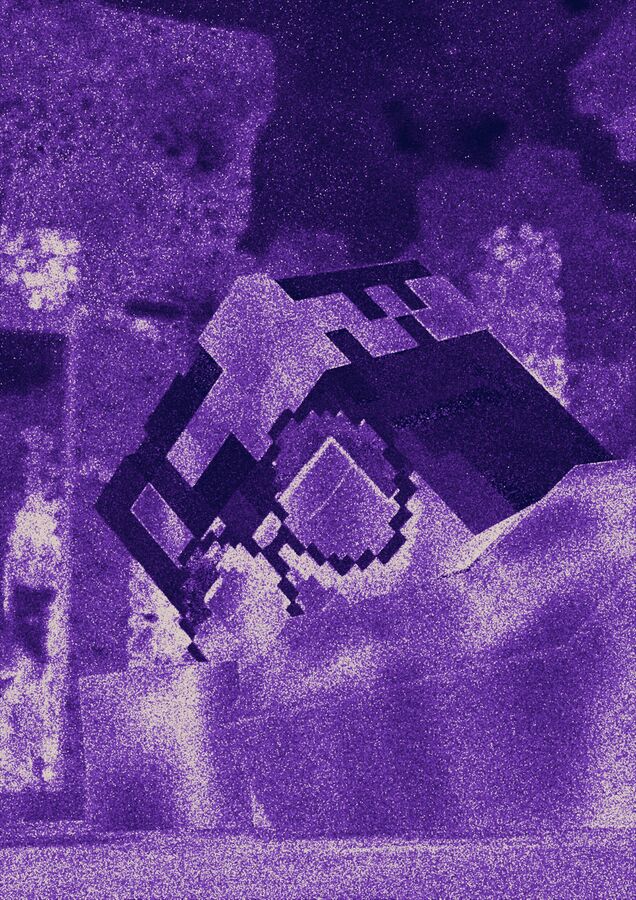Adaptive Sampling
More actions
Adaptive sampling is an optimization technique for ray tracing in which renderers measure noise in the scene against a pre-defined threshold during the rendering phrase, and when met for a given area of the image, stops sampling in that area. This is based on the observation that in a given scene, certain portions of the image (such as those with flat, well-lit objects) may converge faster than other portions (such as those with more complex geometry, materials, and/or lighting).[1]
-
Noisy version of a render using adaptive sampling
-
Heatmap demonstrating how many samples were needed to reach the noise threshold, where darker areas represent portions that needed fewer samples to reach the threshold
Adaptive sampling works best with a high amount of fixed samples and a noise threshold that isn't low enough to not cause sampling to stop. While in theory the noise threshold could lead to more noise, when combined with denoising algorithms, the final image quality remains mostly equal.[2]

